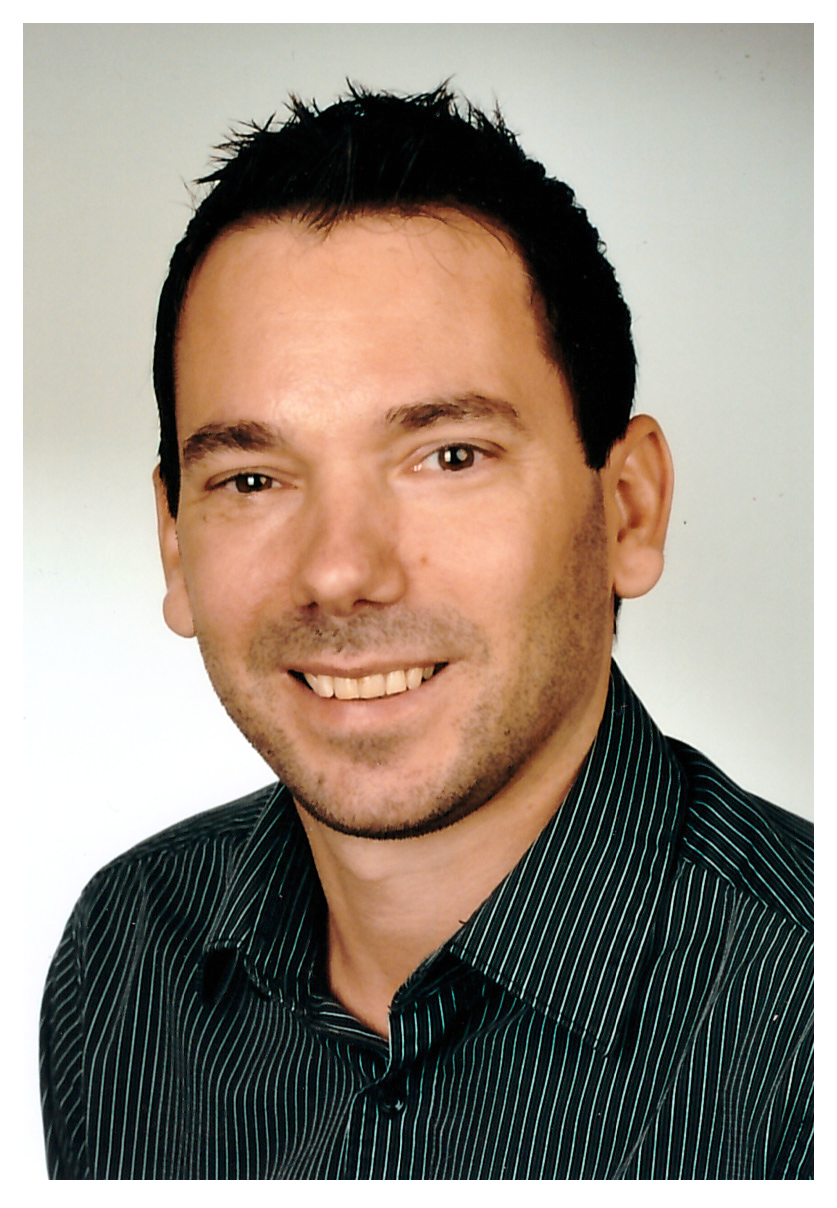Abstract
When reporting the result of a measurement of a physical quantity, it is obligatory that some quantitative indication of the quality of the result be given so that those who use it can assess its reliability. Without such an indication, measurement results cannot be compared, either among themselves or with reference values given in a specification or standard. It is therefore necessary that there be a readily implemented, easily understood, and generally accepted procedure for characterizing the quality of a result of a measurement, that is, for evaluating and expressing its uncertainty.
In this context, the publication of the Guide to the Expression of Uncertainty in Measurement (GUM), and later of its Supplement 1, can be considered to be landmarks in the field of metrology. The second of these documents recommends a general Monte Carlo method for numerically constructing the probability distribution of a measurand given the probability distributions of its input quantities. The output probability distribution can be used to estimate the fixed value of the measurand and to calculate the limits of an interval wherein that value is expected to be found with a given probability.
The proposed tutorial summarizes the GUM, its major statements, and particularly addresses the characterization of measurements that include uncertainties. It reviews the application of basic descriptive statistics to data sets which contain intervals rather than exclusively point estimates. It describes algorithms to compute various means, the median and other percentiles, variance, moments, confidence limits, and other important statistics. Within the tutorial the computability of these statistics as a function of sample size and characteristics of the intervals in the data (degree of overlap, size and regularity of widths, etc.) will be worked out. It also reviews the prospects for analyzing such data sets with the methods of inferential statistics such as outlier detection and regressions. The tutorial explores the tradeoff between measurement precision and sample size in statistical results that are sensitive to both. It also argues that an approach based on interval statistics could be a reasonable alternative to current standard methods for evaluating, expressing and propagating measurement uncertainties.
In addition, the theory underlying GUM Supplement 1 will be re-examined with a view to covering explicit or implicit measurement models that may include any number of output quantities. It will be discussed that the main elements are Bayes’ theorem, the principles of probability calculus, and the rules for constructing prior probability distributions. It is stressed that all quantities are assumed to have unique values, so their probability distributions are to be interpreted as encoding states of knowledge that are logically consistent with all available information and conditional on the correctness of the measurement model and on the validity of the statistical assumptions that are used to process the measurement data.
Presenter Bio
Dr. Daniel Watzenig, Associate Professor, SM IEEE

Daniel Watzenig was born in Austria. He received his Master degree in electrical engineering and the doctoral degree in technical science from Graz University of Technology, Graz, Austria, in 2002 and 2006, respectively. He is currently divisional director and scientific head of the automotive electronics and embedded software department of the Virtual Vehicle Research Center in Graz. Since 2009 he is an Associate Professor at the Institute of Electrical Measurement and Measurement Signal Processing, Graz University of Technology, Austria. He is author or co-author of over 110 peer-reviewed papers, book chapters, patents, and articles. His research interests focus on non-invasive measurement techniques, automotive control systems, sensor signal processing, uncertainty estimation, robust optimization methods, and probabilistic design. In 2005 he was a visiting researcher at the University of Auckland, New Zealand, working on multi-sensor arrays and statistical signal processing. In 2011 he was visiting researcher and guest lecturer at the Federal University of Rio de Janeiro. He is IEEE Senior Member of the IEEE Control Systems, Signal Processing and Instrumentation & Measurement Societies. In 2012 he was the Technical Program Chair of the IEEE I2MTC’12 held in Graz, Austria. Since 2015, he is Vice President of the ARTEMIS Industry Association (European Research Association on Embedded Systems). In 2016, he published the book “Automated Driving – safer and more efficient future driving” desribing the state-of-the-art of this emerging technology . He is the Austrian representative (appointed by the Austrian Federal Ministry BMVIT) of Electrified, Connected, and Automated Vehicles within the International Energy Agency (IEA). Since 2016 he is Chair of the Task Force on “Methods and Tools for Virtual Development and Validation” of the European Automotive Research Partners Association (EARPA).


